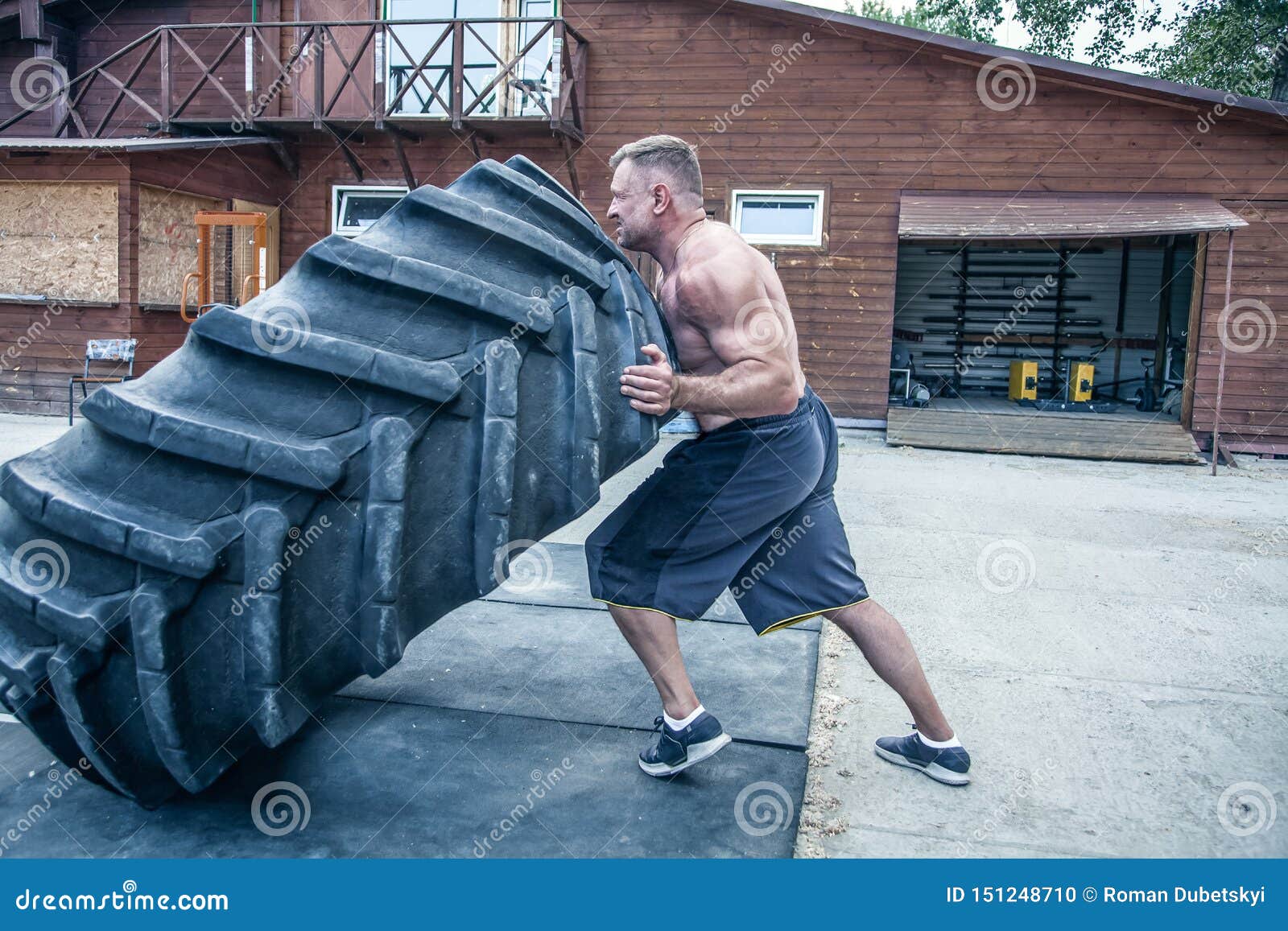Home Solid Info (Blog) Where / How To Find A Heavy Tire For Your Home Gym
Written By: Katie Purcell
The Heavy Tire: while once upon a time it might have seemed odd to include in your arsenal of training equipment, today it has become a common sight within the fitness world: at OCR events, in CrossFit boxes, and even in traditional gym settings. And for good reason! They're versatile...they can work a ton of different muscle groups in lots of ways...and they look pretty badass.
HOWEVER. Despite the fact that they're becoming more and more mainstream as a (relatively) standard training tool, they're still *kind of* a huge pain to actually find if you want to get one for your very own. And this has never been more relevant than now: while so many of us are beefing up our own home gyms!
I recently went on my own quest to find a heavy tire to train with, and learned some stuff along the way. So I'm sharing some of that here, and hopefully some of it will help you on your OWN tire journey.
View this post on Instagram
A post shared by Katie | Athlete | MBA (@pretty_fierce_spartan) on
...Let's do this!!
It seems like it should be simple...and depending on where you live, maybe it is! But they're not as readily available in some areas...and that's when you've gotta know your stuff. Because if you don't, you're basically left with two options:
 ..OR:
..OR:
It's all about where ya look! It might take a bunch of phonecalls to find a source, but it only takes one "yes" to get to the tire of your dreams. Totally worth it.
Where To Find A Heavy Tire To Flip:
Remember: Google is your friend on this one! Try searching for the following, to see what might be available in your area:
(*Heavy Tire Hack: Typically, it costs a lot of money for these businesses to dispose of their used tires.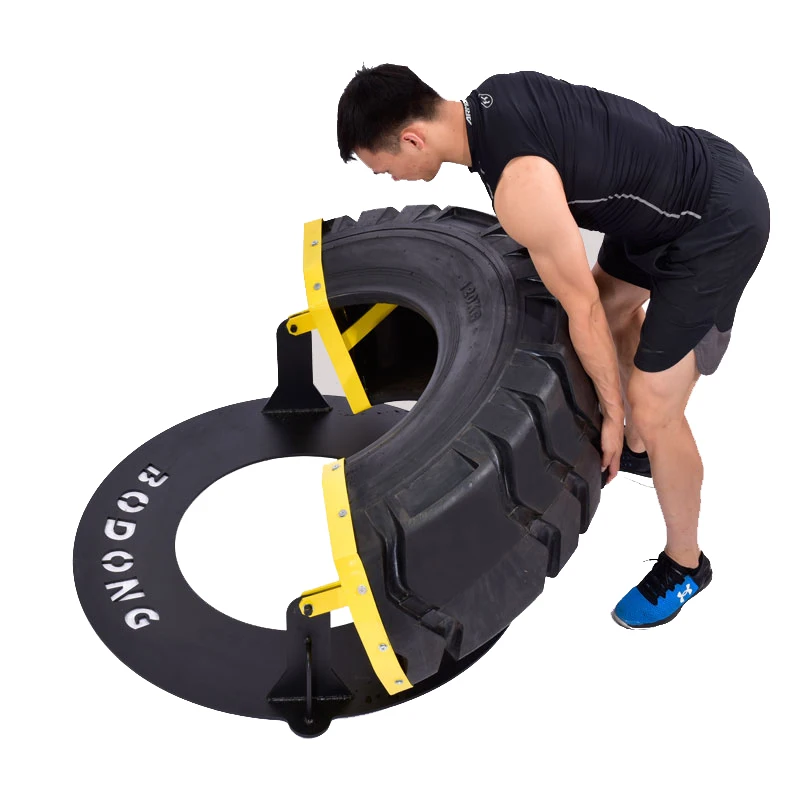 So you might be lucky enough to find a place that'll actually give you a used tire...and thank you for taking it off their hands!)
So you might be lucky enough to find a place that'll actually give you a used tire...and thank you for taking it off their hands!)
The following resources are also worth a look. (But since they're marketplaces, you probably won't have as much luck finding anything for free):
To answer the question of how to estimate what size tire you should be looking for, this guy on YouTube gives a pretty good (and brief) explanation of the types of things to consider:
There's a lot of additional detail about tire sizes/weight that you COULD look into: including diameter, ratio, and even the type of tread. Personally I think that's a little overkill but if you want to get into that level of detail, this article is a great resource to point you in that direction. Otherwise, the guide for how to read a tire (in the section below) should probably be sufficient for what you need to know at this point!
Personally I think that's a little overkill but if you want to get into that level of detail, this article is a great resource to point you in that direction. Otherwise, the guide for how to read a tire (in the section below) should probably be sufficient for what you need to know at this point!
The level of how picky/specific you want to get with the weight of the tire is up to you, but one thing is for sure: you definitely do want to have at least a rough idea of how much it weighs. The difference between 200 lbs. and 215 lbs. might not be enough for you to really notice or care about in your workouts, but trust me: the difference between 200 lbs. and 260 lbs. would be...and it would be a huge bummer to go through this whole process only to realize that the tire you brought home isn't going to work for your needs. The two main ways to measure/estimate the tire's weight are: to look up the specific tire model specs, or to find a way to actually measure it.
1. Look up the specific model tire that you have, to see the official specs of how much it weighs. To get started, see below for a quick guide on what all those letters and numbers mean!
When I found my heavy tire I looked up these numbers and the tire brand, and searched for that specific model on Google. I was eventually able to find a catalogue of product specs for all the different tire products made by that brand -- including how much each one weighs.
HOWEVER: Don't be surprised if this is harder to find than you anticipate...even if you do have all the other information. The weight of a tire doesn't seem to be included with all of its other specs on a consistent basis...maybe because for most people looking to purchase these types of tires, it's not critical information. Whatever the reason is, it definitely adds another layer of complication to the process!
So to get you started, I did some of the "search" legwork for you! Up first is a list I compiled with a bunch of tire models: at a whole range of weights. Click on any of the links to go directly to the manufacturer's source where I got the info: there are many more sizes/weights listed there as well.
Click on any of the links to go directly to the manufacturer's source where I got the info: there are many more sizes/weights listed there as well.
| 90 lbs. | Firestone All Traction Utility (size 12.5-20) | |
| 127 lbs. | Firestone Duraforce (size 355/70D17.5NHS) | |
| 154 lbs. | BKT Industrial Tire R4 (size: 17.5L-24/E TR459) | |
| 184 lbs. | Firestone All Traction Utility (size 16.9-28) | |
| 206 lbs. | Firestone Super Ground Grip Road Builder (size 14-24) | |
| 217 lbs. | Firestone Duraforce (size 370/75-28) | |
| 236 lbs. | Firestone Duraforce (size 400/75-28) | |
| 276 lbs. | Firestone All Traction Utility (size 21L-24) | |
316 lbs. | Firestone Super Ground Grip Road Builder (size 16-24) | |
| 382 lbs. | Firestone Versabuilt All Traction Tire (size 20.5R25) | |
| 405 lbs. | Firestone Radial Deep Tread Tire 23 Degrees Tire (size IF480/80R38) | |
| 427 lbs. | Firestone Radial Deep Tread Tire 23 Degrees Tire (size IF480/80R42) |
And just for good measure, here are a few other resources where you can find some tire weight specs:
*An important caveat to this method of determining your tire's weight: if you are able to locate the specs online for the weight of your tire -- keep in mind that they reflect the approximate weight of the tire when it was brand new.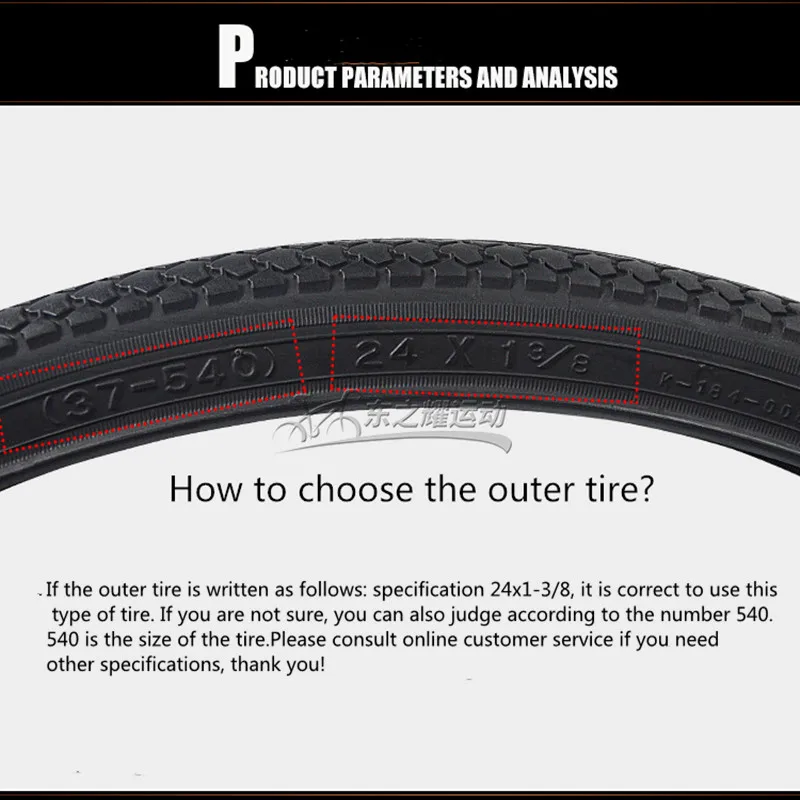 As tires wear down and lose their traction, they also get lighter! But not always at the same rate...or to the same degree...and some may have worn down more than others before they were replaced. So if you are getting a used tire (which is definitely the most economical option), take that into consideration when selecting which one you might want to bring home.
As tires wear down and lose their traction, they also get lighter! But not always at the same rate...or to the same degree...and some may have worn down more than others before they were replaced. So if you are getting a used tire (which is definitely the most economical option), take that into consideration when selecting which one you might want to bring home.
2. For a more precise idea of the weight of your tire at this very moment, you'll need to find a scale. A big one.
⚖️ If you have a pickup truck, or if you can rent one (see next section for suggestions), one idea is to take the tire to a weigh station.
Weigh stations are primarily designed to weigh trucks/tractor trailers, and I have not yet tried this myself so I can't promise that you'll be able to use the scales. But from what I've heard, many weigh station attendants don't mind and will let you use the scale to weigh your vehicle with (and then without) the tire in it - as long as you aren't holding up a truck. If you're really lucky, maybe you'll be able to get your tire from a gas station/service station that also has a weigh station...and they'll let you do it all right there, all at once!
If you're really lucky, maybe you'll be able to get your tire from a gas station/service station that also has a weigh station...and they'll let you do it all right there, all at once!
⚖️ In addition to weigh stations, another method of weighing a vehicle is a "certified public scale," which is open to cars and trucks that aren't for commercial use. These primarily exist for the do-it-yourself mover, and there are locations nationwide. The Public Scale Locator on the Penske site is a directory with all the locations across the USA.
⚖️ For some out-of-the-box thinking: many businesses have scales large enough to weigh a big tire...including some you might not think of right away! Check out recycling plants and landfills...and also mills, factories, and farms: they often have large scales to weigh items like food/machinery before shipping.
⚖️ One last idea - and this one might be really, REALLY out there - is to figure out a method to weigh your heavy tire yourself at home: using an elaborate setup of standard bathroom scales. Personally I am very skeptical of this idea (so skeptical that I don't want to add any links: because I haven't come across a YouTube video that looks viable), but it seems like enough people have posted how-to videos that have gotten enough positive feedback that I figured I would mention it. I don't endorse it...and I probably wouldn't try it myself...but if you think you can make it work, power to you. (*and if anyone does try this and it works, let me know so I can add the link to your instructions here!)
Personally I am very skeptical of this idea (so skeptical that I don't want to add any links: because I haven't come across a YouTube video that looks viable), but it seems like enough people have posted how-to videos that have gotten enough positive feedback that I figured I would mention it. I don't endorse it...and I probably wouldn't try it myself...but if you think you can make it work, power to you. (*and if anyone does try this and it works, let me know so I can add the link to your instructions here!)
*One last point to keep in mind: scales of this size are sometimes only really accurate within 10-20 lbs...so don't drive yourself too crazy looking for an exact measurement.
We are in the home stretch! Where there's a will, there's a way...and if you've gotten this far in your Heavy Tire Odyssey, then there is definitely a way for you to transport it the rest of the way.
Like I mentioned in the section above: if you've got a friend with a pickup truck who would be willing to help, that's a good first stop. (A friend with a trailer would work, too!)
If you don't have a friend with a pickup truck, there's no better time to make one than right now. :)
Alternatively, there are several options available to rent a vehicle that's just right for the job. Whether you want to go for a pickup truck, a trailer, or something in between: U-Haul or Home Depot probably have everything you need. A few examples of their offerings are below. if yo text text text rent truck borrow from friend, or add link to borrow one of those flatbed things from Home Depot that you rent by the hour...just be sure that ou know where it's gonna go bv once you return the truck, that tire is staying where it is.
💪 Home Depot F250 Flatbed Truck Rental
💪 U-Haul Pickup Truck Rental
💪 Home Depot Trailer Rental
💪 U-Haul Small Utility Trailer Rental
Note: Be sure to pay attention to variations in pricing (e.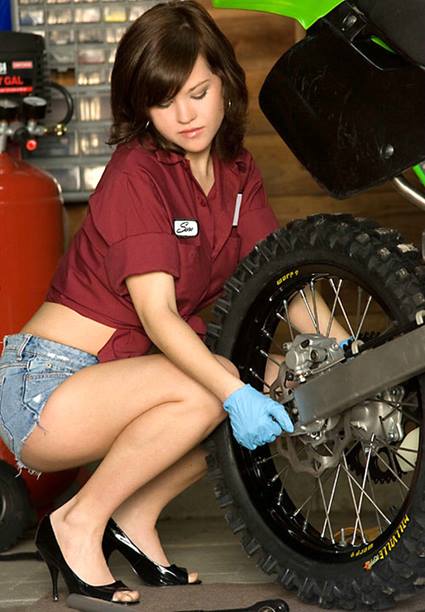 g., Do they charge hourly? Daily? What is the difference in price between a trailer vs. a pickup truck?), as well as details like cost of gas/mileage (FYI: if you have the option to refill the gas tank before you return your rental, that is typically cheaper than paying the rental company directly.)
g., Do they charge hourly? Daily? What is the difference in price between a trailer vs. a pickup truck?), as well as details like cost of gas/mileage (FYI: if you have the option to refill the gas tank before you return your rental, that is typically cheaper than paying the rental company directly.)
If you've made it this far in the process, then CONGRATULATIONS! Because you're now the proud new owner of your very own Heavy Tire.
What was your Heavy Tire Journey like?? What worked? What didn't? Any additional tips for those out there still searching for "the one"?? Drop a comment below!
AND - Heading Your Way In The Next Article:
Now That I've Got My Heavy Tire Home, What Do I DO With It?
...Including:
💪 What muscles you can work using a heavy tire
💪 How to actually do a tire flip (without messing up your back/legs/neck/whole body)
💪 A few WODs to get you started
💪 . ..and a *surprise* bonus link: to another "fun" Heavy Tire DIY
..and a *surprise* bonus link: to another "fun" Heavy Tire DIY
You're not gonna wanna miss it. So check back soon, or sign up for the email list to stay in the loop! (link below)
Love this article? Sign up for our email
LIVE FIERCE.
**Shop Fierce Gear OCR**
Wearing a face mask (kind of) sucks. These suck less: according to OCR athletes.
Read More
What's coming in 2021 that's worse than the Burpee Police?
Read More
...Because it's good for so much more than just flipping.
Read More
Gone are the days when training was limited to the same old traditional gym equipment.
While originally used in strongman and strongwomen competitions, tires have become a staple in well–equipped gyms throughout the world.
They allow for a unique kind of strength and conditioning training that readily transfers to a variety of sports.
This article lays out the best tire exercises, the muscles they work, and a sample tire circuit to get you started.
The key to performing tire exercises is selecting a tire of the right size and weight to meet your level of strength and experience, as well as to avoid injury.
Start with a smaller, lighter tire and work your way up to a larger, heavier tire as you progress in strength and skill. It’s recommended that women begin with a tire that weighs 100–200 pounds (45–90 kg), while men are recommended to start with a 200–300-pound (90–135-kg) tire.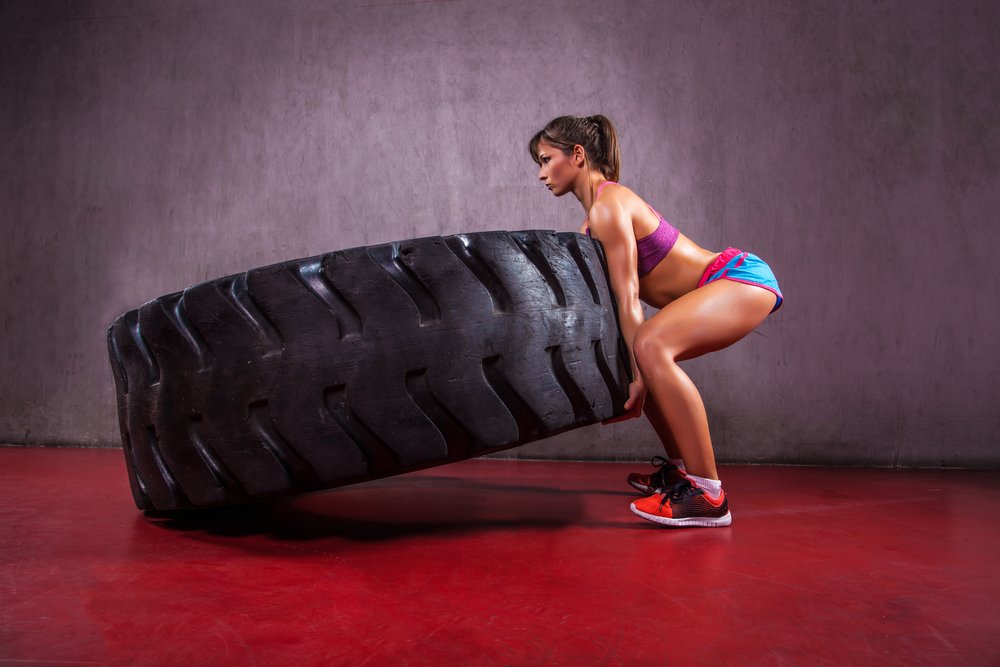
As a rule of thumb, you should be able to do 2–5 repetitions of the exercises below with consistency. If you can’t, the tire is probably too heavy.
Estimating the weight of a tire is not an exact science. Still, there are some averages, according to size (1, 2).
| Tire size | Average tire weight |
| Car tire | 25 pounds (11 kg) |
| Commercial truck tire | 100–200 pounds (about 45–91 kg) |
| 17.5 x 25 foot tractor tire | 300 pounds (136 kg), maximum |
| 20.5 x 25 foot tractor tire | 400–500 pounds (181–227 kg) |
| 23.5 x 25 foot tractor tire | 400–800 pounds (181– 363 kg) |
| 26.5 x 25 foot tractor tire | 1,000 pounds (454 kg) |
It can be tricky to know how much a tire weighs because it’s difficult to put a large tractor tile on a scale. If you’re hauling it by truck, you can drive to a CAT scale, measure the weight of your truck with the tire, and then subtract the weight of your truck to find the weight of the tire.
If you’re hauling it by truck, you can drive to a CAT scale, measure the weight of your truck with the tire, and then subtract the weight of your truck to find the weight of the tire.
Some specialized tires allow weights to be added or removed, making the process of adding resistance a bit easier.
SummaryTires can be hard to weigh, and their weights are often estimated. Select a tire size that allows you to complete at least 2–5 reps consistently.
Tire availability varies depending upon where you live.
Those in rural areas may find it easier to find old tires from agricultural equipment, which also tends to be the most cost-effective source.
You may want to check local online classified ads for listings of people selling used tires, as larger new tires tend to be quite expensive.
While car tires can work for some exercises, you’ll want a slightly larger tire to best perform most movements, especially as your strength and skill increase.
Fortunately, many gyms now have an outdoor or indoor turf area with access to tires.
SummaryThe tire flipTires are best found by searching local online classified ads or contacting a farm that has agricultural equipment. Also, many gyms now have a turf area with tires of various sizes for members to use.
The tire flip is a classic tire exercise that enhances explosive power development from head to toe.
The key to this exercise is selecting the right tire size and weight to meet your level of strength and experience, as well as to avoid injury.
Muscles worked: glutes, hamstrings, quads, calves, lats, traps, biceps, triceps, forearms, abs (to stabilize)

The tire deadlift with farmer’s walk is a unique tire exercise that provides all of the benefits of a traditional deadlift movement with an added conditioning aspect.
This movement requires excellent core and grip strength to stabilize the tire during the farmer’s walk portion of the exercise.
Muscles worked: glutes, hamstrings, quads, lats, traps, biceps, forearms, abs

This movement can also be performed without the farmer’s walk portion as a deadlift only for a designated amount of sets and reps.
Tire slamsThe tire slam is an excellent movement for developing upper-body power and endurance through various planes of motion.
This exercise requires a sledgehammer or mace as a training device with which to strike the tire.
You’ll want to use a tire that’s large enough to absorb the shock of the impact without moving around too much.
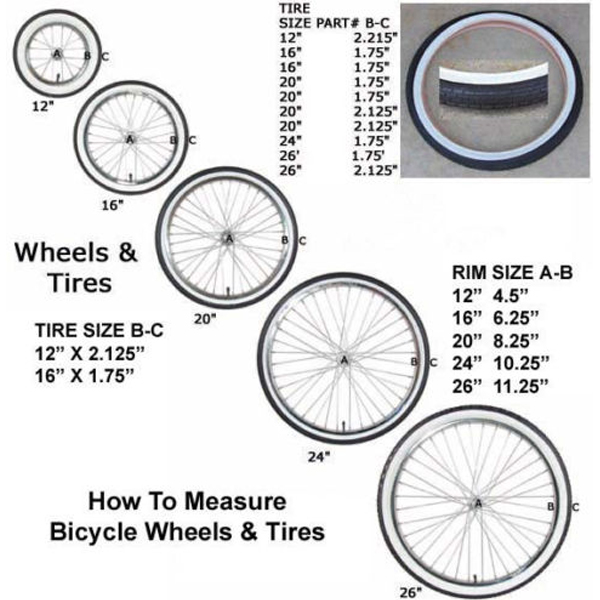
The tire slam can be performed in timed intervals, during which you strike the tire for a designated amount of time, or in sets, during which you perform a given number of reps or strikes.
Tire broad jump with tire flipThis is a dynamic exercise that combines two popular tire exercises to maximize your training adaptations.
For this exercise, it’s best to select a lighter tire that you can comfortably jump over repeatedly.
Muscles worked: quads, hamstrings, glutes, calves, lats, traps, biceps, forearms, abs
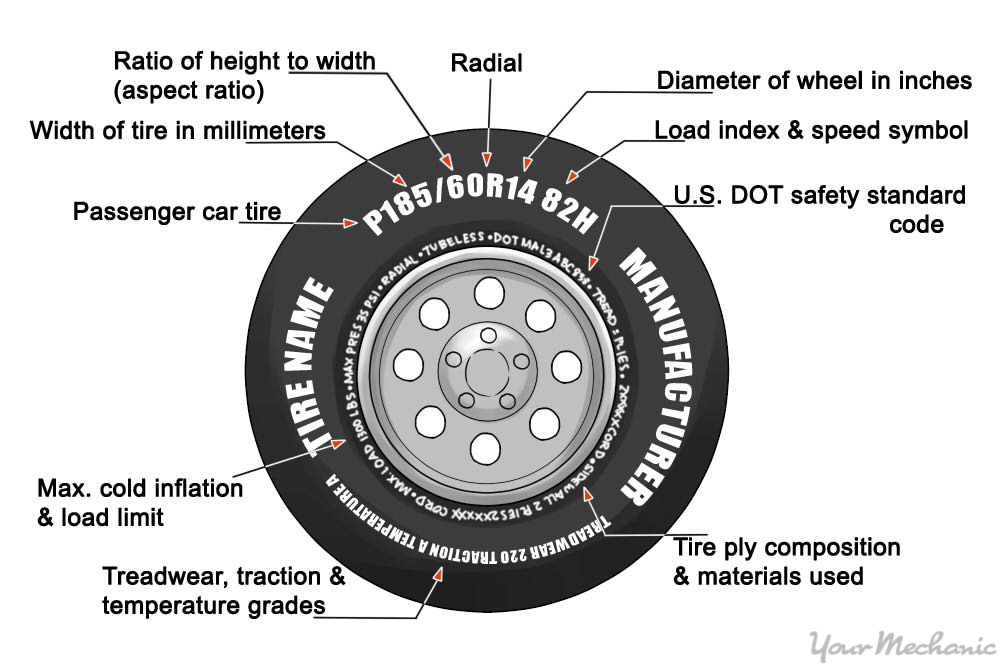
Box jumps are a common plyometric exercise in which your muscles exert maximal force for a brief period of time.
In this variation, a tire is used instead of a box, providing an added layer of difficulty, as you’ll need to stabilize yourself on the landing due to the flex of the tire.
Select a tire of an appropriate height for your skill level.
Two tires can be stacked on top of one another as you become more advanced.
Muscles worked: quads, hamstrings, glutes, calves, abs

Tire pushups are a versatile upper-body exercise that can be adjusted for your desired level of difficulty.
Beginners should perform torso-elevated pushups, which will decrease the resistance, whereas more advanced trainees may want to try leg–elevated pushups to crank up the resistance.
Muscles worked: pecs (chest muscles), anterior delts, triceps, abs
Torso-elevated pushups (easier)
Planks are a challenging exercise that targets your abdominal muscles.
In this variation, you’ll use a tire to increase or decrease the difficulty level.
To make the exercise slightly easier, you’ll perform an incline plank, or if you want to kick things up a notch, you can perform a decline plank.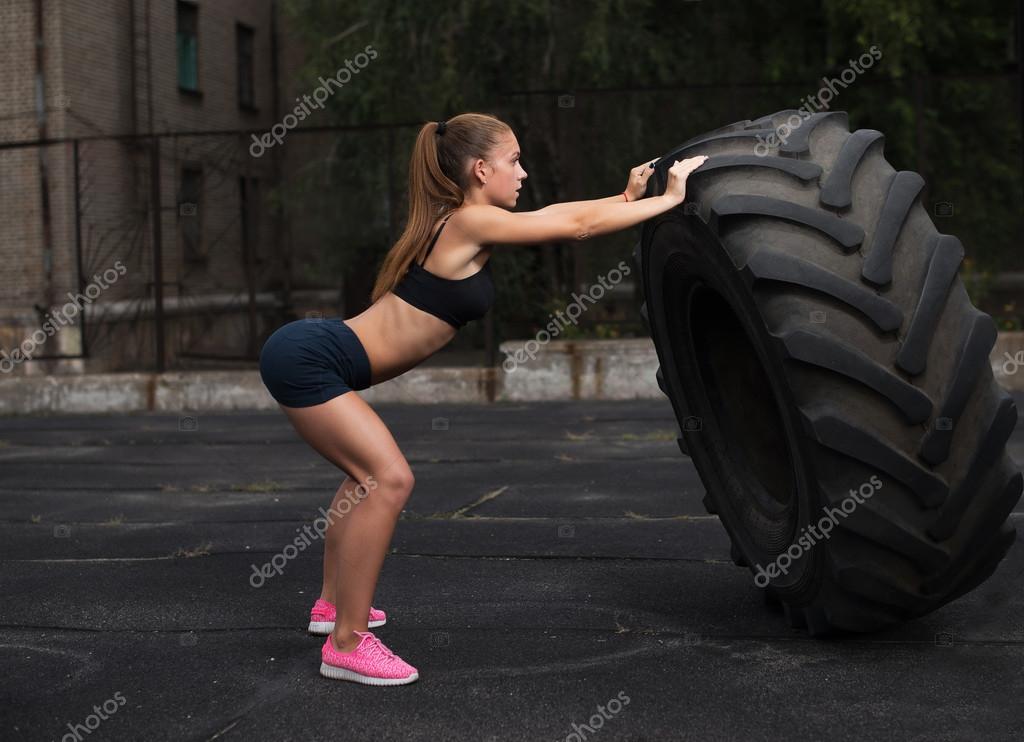
Muscles worked: abs, obliques (side abs), lower back
Incline plank (easier)
Tire dips are a fantastic exercise for isolating the triceps, as well as a great addition to any well–rounded tire circuit.
For this movement, you’ll want to use a tire large enough to support your body weight without tipping over.
Muscles worked: triceps, pecs, shoulders
The tire squat and press is a dynamic exercise that targets multiple muscle groups simultaneously.
Muscles worked: quads, hamstrings, glutes, triceps, shoulders, chest, abs
This high intensity tire movement will be sure to get your heart pumping.
Side-to-side hops provide excellent conditioning while hitting several major muscle groups.
Muscles worked: quads, hamstrings, glutes, shoulders, chest, triceps, abs
A tire circuit strategically combines a series of tire exercises to provide a high intensity, full-body workout.
The goal during a tire circuit is to keep your heart rate elevated by performing movements back to back with only brief periods of rest in between.
Tire circuits can be performed as a training session on their own or added to a strength training program as additional conditioning work.
Here’s a sample tire circuit to get you started, incorporating the above movements.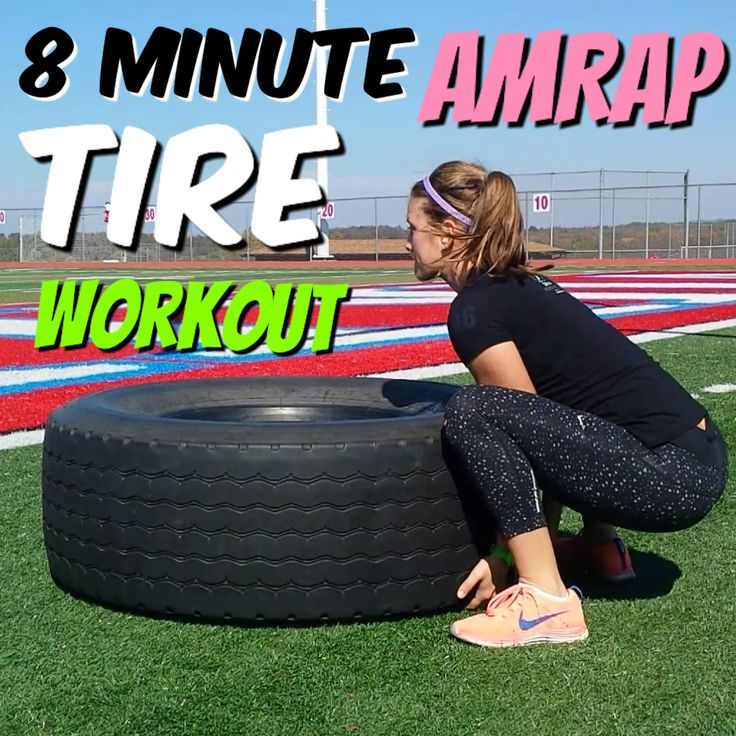
Start with a 5–10-minute warmup to get your blood flowing and joints loosened up. Some suggested warmup methods include jumping rope or hitting the treadmill, elliptical, or spinning bike.
Follow this with some dynamic stretches to prime your joints for the high intensity movements to come.
This tire circuit is not for beginners. You’ll want to make sure you can perform each of the movements individually before attempting the circuit.
If you’re using a heavy tire, start with a total of 10 reps maximum of each exercise. That can be accomplished with 2 sets of 5, or 3 sets of 3. If you’re using a lighter tire, you can do 3–4 sets with 6–10 reps each.
Feel free to swap out a movement if you’re unable to perform it. Always begin your workouts with more complex, compound exercises.
The main eventAfter an intense workout like a tire circuit, static stretching can help your muscles recover more quickly, reduce muscle soreness, and improve flexibility (3, 4).
Perform some general stretches to boost the recovery process and cool down after your workout.
SummaryThis intense tire circuit will put together all of the exercises previously introduced to give you a full-body workout that promotes both strength and conditioning.
Tire exercises are unique in that they provide a muscle stimulus unlike most other movements.
Completing tire exercises regularly comes with several potential benefits.
Multiple planes of movementThere are three planes of movement you move in during daily activities and exercise. These include frontal (side to side), sagittal (front to back), and transverse (rotational movement).
Many traditional exercises only work in one plane of movement, whereas most tire exercises utilize multiple planes of movement simultaneously.
This makes tire exercises transfer more efficiently to various sports, which also require you to move in multiple planes of motion.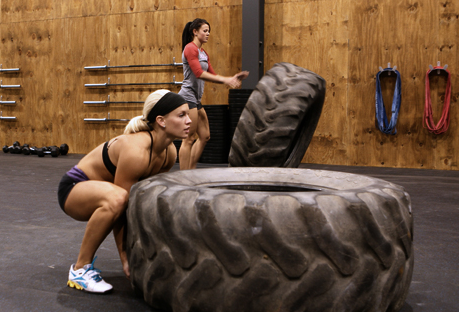
Therefore, athletes training for their given sport may benefit from incorporating tire exercises into their exercise regimen.
Another notable benefit of tire exercises is their ability to provide both strength and conditioning training simultaneously.
Strength training, also known as resistance training, refers to moving your muscles against an external resistance as a means to increase muscle mass, metabolic rate, and bone mass, as well as prevent injuries (5).
Conditioning, on the other hand, refers to performing high intensity movements specific to your sport that improve aerobic endurance, speed, skill, agility, and balance.
Most tire exercises tick both boxes, providing enough resistance to improve strength, while also providing high intensity movements that enhance conditioning applicable to a wide variety of sports.
That said, other methods of weight training should also be incorporated into your training program to maximize muscle and strength gains (6).
Power, or the ability to rapidly create maximal force, is an important aspect of athletic training.
Research suggests that power development is best trained with explosive movements at 30–50% of your one-repetition maximum (1RM), or the amount of weight you can lift for one rep of a given movement (7).
Many tire exercises fit this category, making them excellent for training power development.
To further enhance the power-developing effects of tire training, perform the movements explosively, providing maximal effort with each rep.
SummaryTire exercises provide a unique muscle stimulus that offers several benefits. These include providing movement through multiple planes, contributing to both strength and conditioning, and boosting power development.
While tires are an excellent tool to boost your exercise intensity, there are some precautions you should take to avoid getting injured.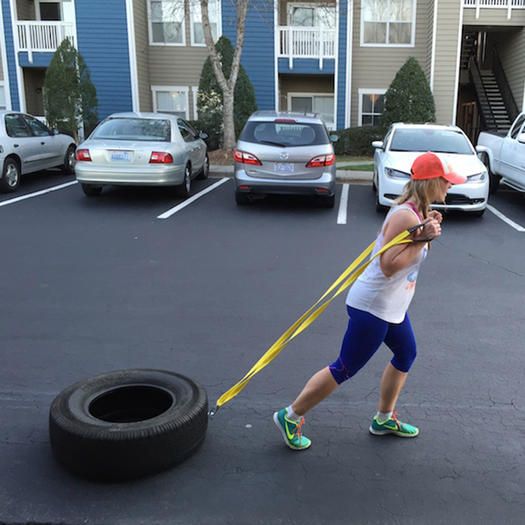
Tires can be awkward to work with, especially the larger ones, and tire workouts require a great deal of skill to perform properly. As such, it’s important to focus on good technique throughout the movements.
One of the most common tire–related injuries is a bicep tear (8).
These often occur during the lifting portion of the tire flip, during which the biceps are in a stretched and compromised position.
To avoid a bicep tear during the tire flip, make sure to press your shoulder into the tire at the bottom of the movement and use the stronger muscles of your posterior (glutes, hamstrings, back muscles) for momentum. Avoid lifting the tire solely with your arms.
Other common injury–prone areas include the lower or mid-back, shoulders, and knees (8).
The best way to avoid injuries from tire exercises is to choose the right size tire for your level of strength and experience.
Work with a partner when possible to help you manipulate the tire and prevent it from falling on you.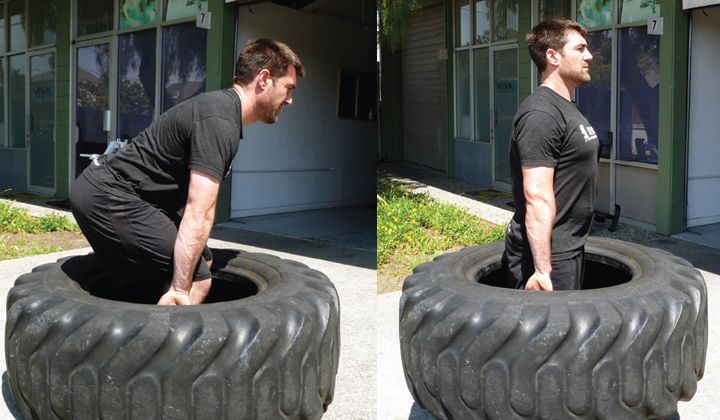
SummaryGiven the size and weight of large tires, there’s a risk of injury when completing tire exercises. Select the right size tire for your level of strength, and work with a partner when possible to best avoid injuries.
Tire exercises have emerged as a training strategy for athletes and recreational gym-goers alike.
They can be strategically combined to create a tire circuit that provides a well-balanced, full-body workout, hitting all of your major muscle groups.
Regularly performing tire training comes with several potential benefits, including providing movement through multiple planes, contributing to both strength and conditioning, and boosting power development.
Considering the large size and weight of many tires, they present a significant risk for various injuries. Therefore, it’s best to start with a lighter tire and gradually progress as you become stronger.
Whether you’re an athlete looking to improve your performance or a recreational gym-goer looking to improve your fitness, tire exercises may be an excellent addition to your training program.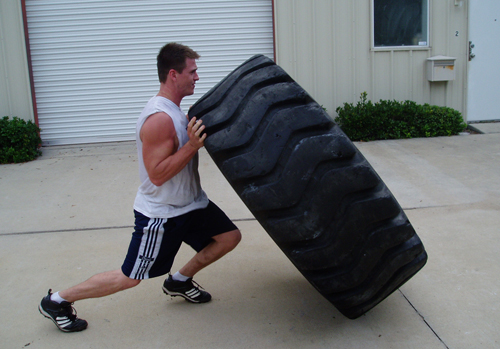
On the sidewall of each tire, an incredible number of letters and numbers are applied, which are not always clear to the average car enthusiast. Today we will talk about the FR marking on the tire. What is it and is it worth buying models with such letters?
You can meet this designation only on tires of the Continental brand, which means that we have rubber with a side that protects the disk from damage. If we look closely at the tire itself, we will see an additional element in the bead area, similar to a seal or belt.
Another name for the thickening at the point of contact between the product and the metal is a bump, which protects against mechanical shocks in the profile. Able to withstand lateral damage on bad roads, hitting a sharp stone or hitting a curb separating the pedestrian sidewalk and the roadway.
All such tires are collected in our catalog at this link: tires with rim protection
The need to create tires with such functionality did not arise by chance.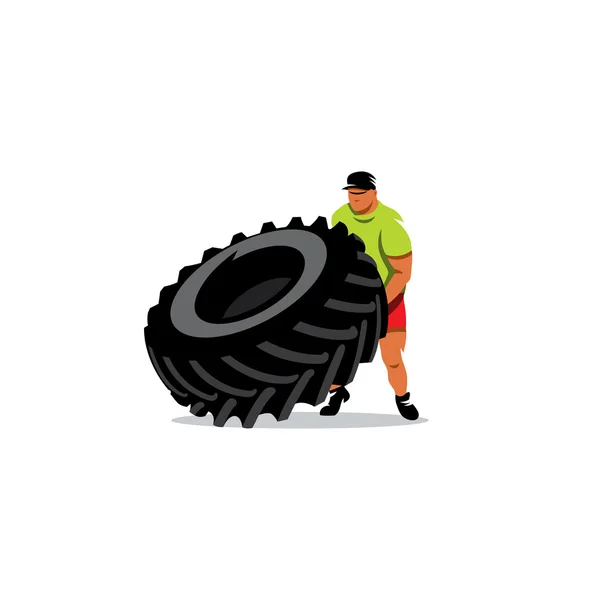 Experienced drivers know that during parking, when there is not enough space, rubbing against the curb occurs, as a result of which you can scratch and even damage the disc.
Experienced drivers know that during parking, when there is not enough space, rubbing against the curb occurs, as a result of which you can scratch and even damage the disc.
Beautiful and striking, alloy wheels are very fragile. In the case of dents, they are not always amenable to repair, during which they sometimes split. Therefore, drivers try to be extremely careful, especially at night.
Manufacturers, realizing the problem, decided to make a special bead reinforcement, thus protecting the rim from accidental damage.
This item is optional and does not apply to all tyres. Therefore, there are no uniform rules for their production.
This seal is most often used on low profile tires where the profile height is below 55% of the width. Wheels with such tires are most prone to damage.
For higher profile tyres, this problem is virtually non-existent, as the edge is placed on top of the metal to protect it.
There is a special reinforcement on models made in agreement with car manufacturers, in the case of the so-called tire homologation. And also on tires selected for original equipment. At the same time, on a similar model in the same size, which is supplied to the market for secondary equipment, a similar addition may not be available.
Used by premium or big-name brands, each of which indicates the presence of this element in its own way:
As you can see from the names, the essence is identical - to protect against damage. We also know about the designation CPJ, which is used by Michelin for tires with the same functionality, produced for the North American market.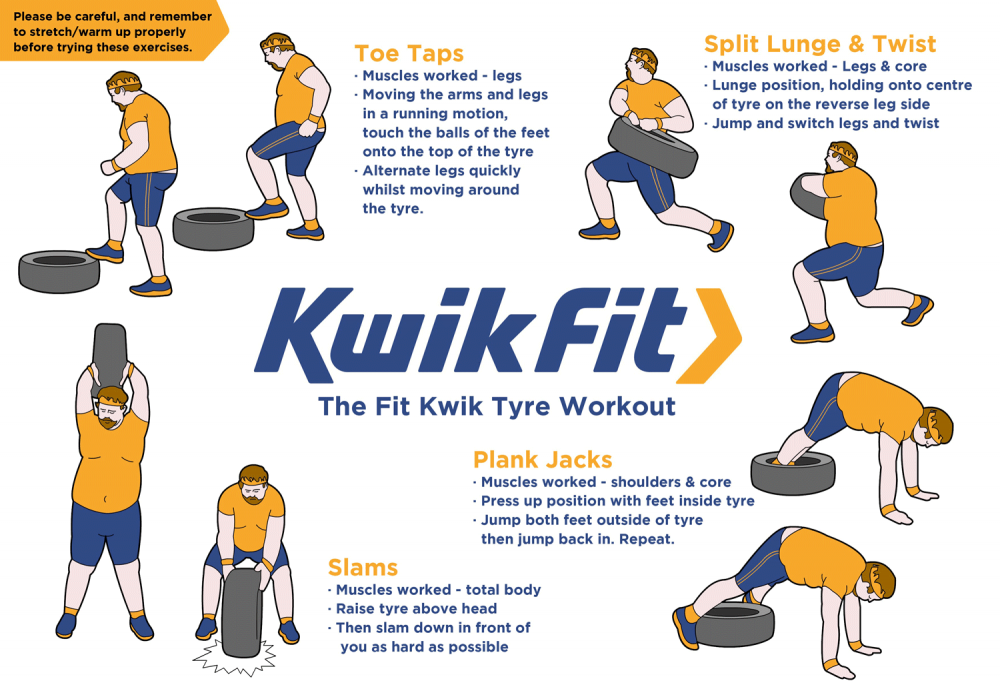 The absence of a special seal is indicated by the letters FB (Flat Base) - “flat base”, but they are not placed on all tires.
The absence of a special seal is indicated by the letters FB (Flat Base) - “flat base”, but they are not placed on all tires.
If you drive on low profile tires and care about the safety of your rims, we recommend buying tires marked FR/FP/FRP/RPB/MFS and others.
We recycle used tires from car parks, taxi companies, tire shops, companies that carry out transportation using heavy vehicles, as well as all companies on the balance sheet of which cars are registered. We pick up RTI after cleaning unauthorized dumps in Moscow, forests, parks.
We organize the export of tires officially: draw up a contract, determine the scope of work, agree on a schedule. We perform the service one-time and on the basis of long-term agreements. Send the terms of reference for the disposal of rubber by mail. We will prepare a financial estimate for the export and send you a commercial offer within one business day.
The cost of the service is calculated in detail in the estimate. The calculations take into account:
The calculations take into account:
You can calculate the average tire recycling price yourself - the price is indicated on the website. The final amount for 1 kg, which will be reflected in the contract, may differ up or down, depending on the individual conditions specified in the TOR.
Car tires are exported to waste incinerators or sorting stations with which we have officially concluded contracts. For storage of tires and other garbage we provide garbage containers. Immediately after filling, the container is taken out for disposal.
Violations of warehousing, storage, disposal of tires can lead to the imposition of sanctions - Moscow provides for administrative liability for improper waste management. We are always ready to advise customers on how to equip a site for a container or what SanPiN requirements for garbage cans so that the company does not fall under the fines of supervisory authorities.
We are always ready to advise customers on how to equip a site for a container or what SanPiN requirements for garbage cans so that the company does not fall under the fines of supervisory authorities.
We export all types of tires:
Disposal of old tires and their further processing takes place in accordance with the law, in accordance with sanitary standards.
Disposal of car tires implies their further processing. After sorting, the car tire is sent to the factory to be turned into crumbs for the manufacture of new products. Used tires are produced:
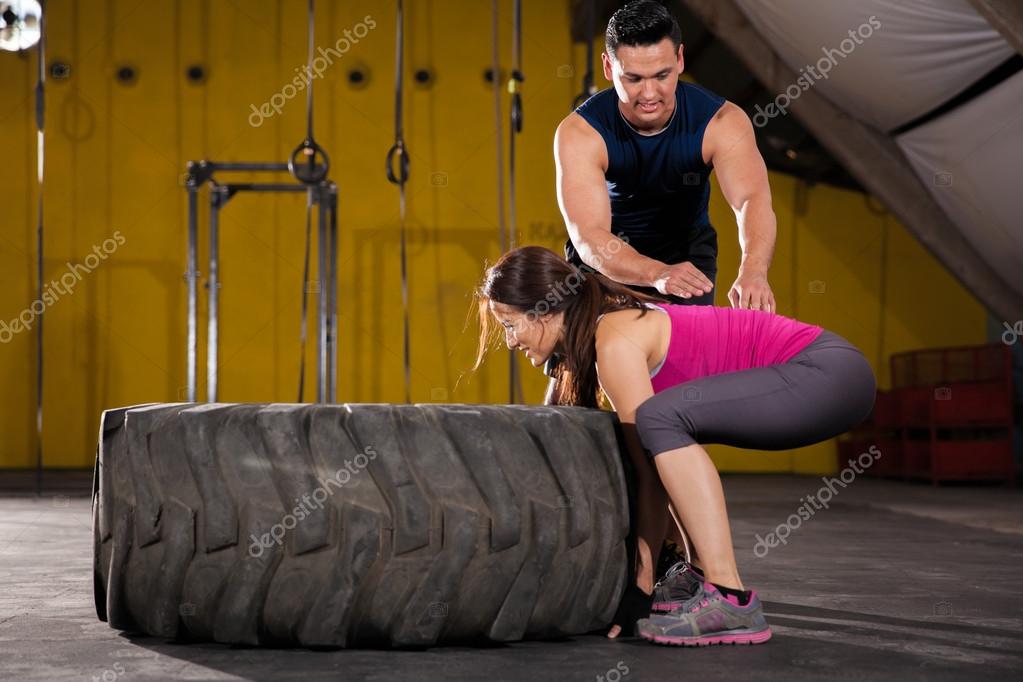
Recycling is labor intensive, costly and energy intensive, but it is the only sure way to recycle tires. The tire recycling technology looks like this: it turns out. Therefore, after the first grinding, the resulting pieces are sent to the second machine, where they are already crushed into a smaller fraction, up to 2 cm in size.
Moscow annually generates more than 700,000 tons of old car tires, and according to various estimates, only 2 to 15% of the volume is properly disposed of and recycled.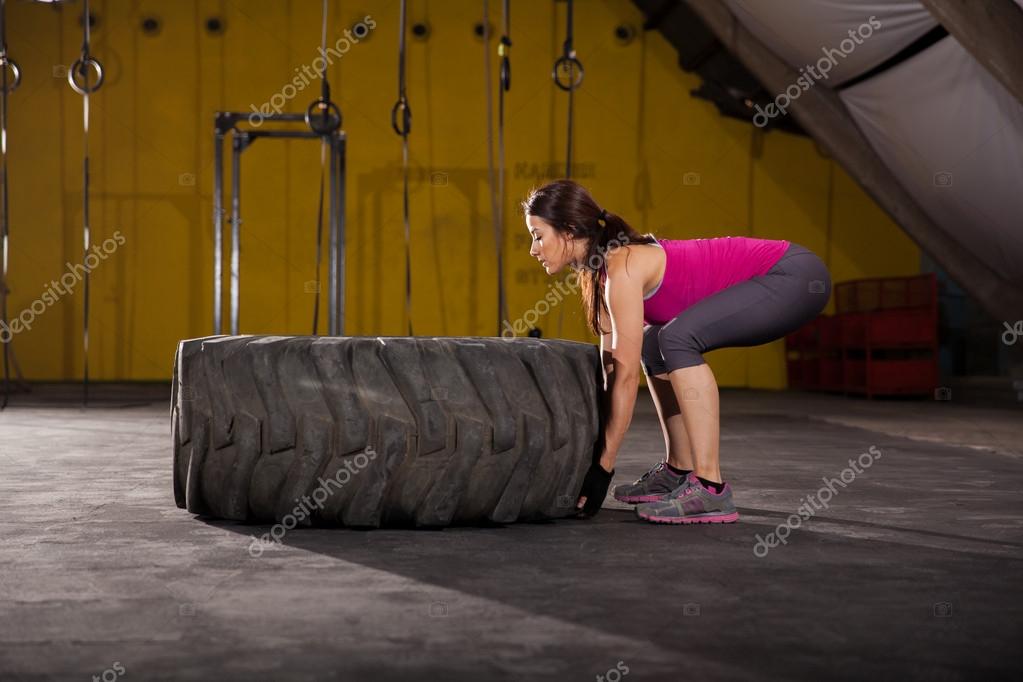 The rest of the tires are left to rot in illegal landfills and roadsides. Official polygons do not accept tires:
The rest of the tires are left to rot in illegal landfills and roadsides. Official polygons do not accept tires:
To date, the official export of tires, their disposal and recycling is the only guarantee that worn tires will not end up in another spontaneous landfill.
